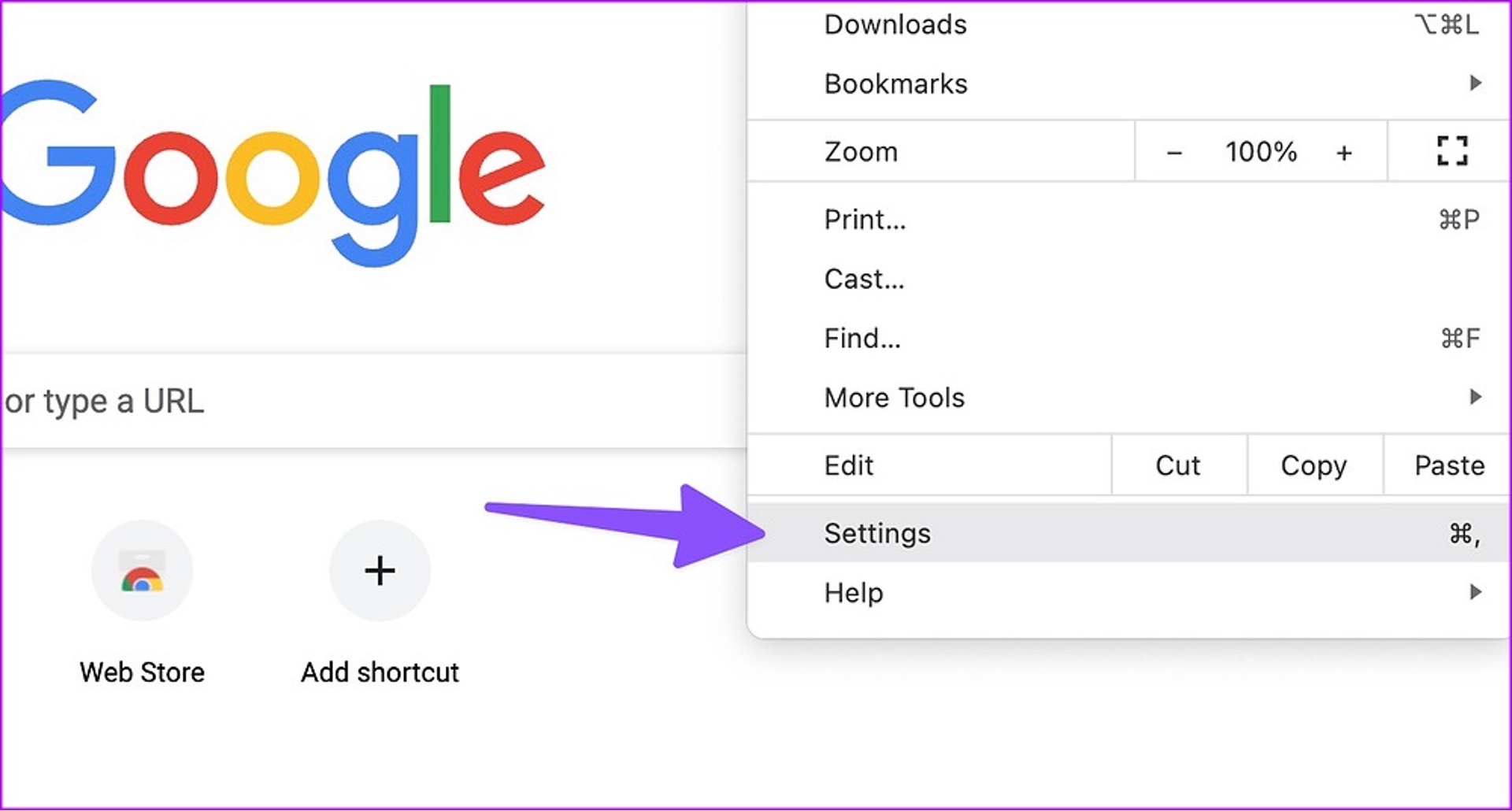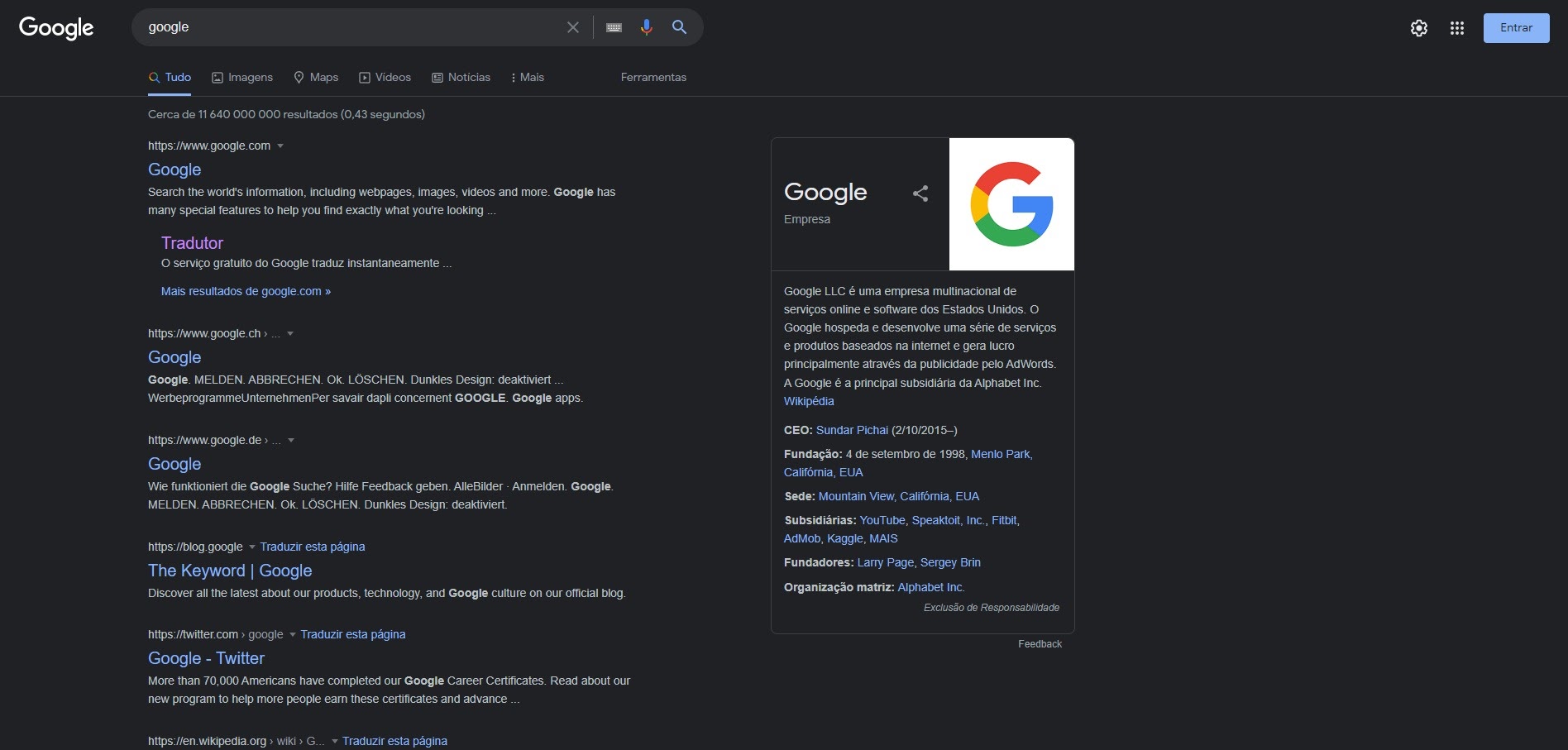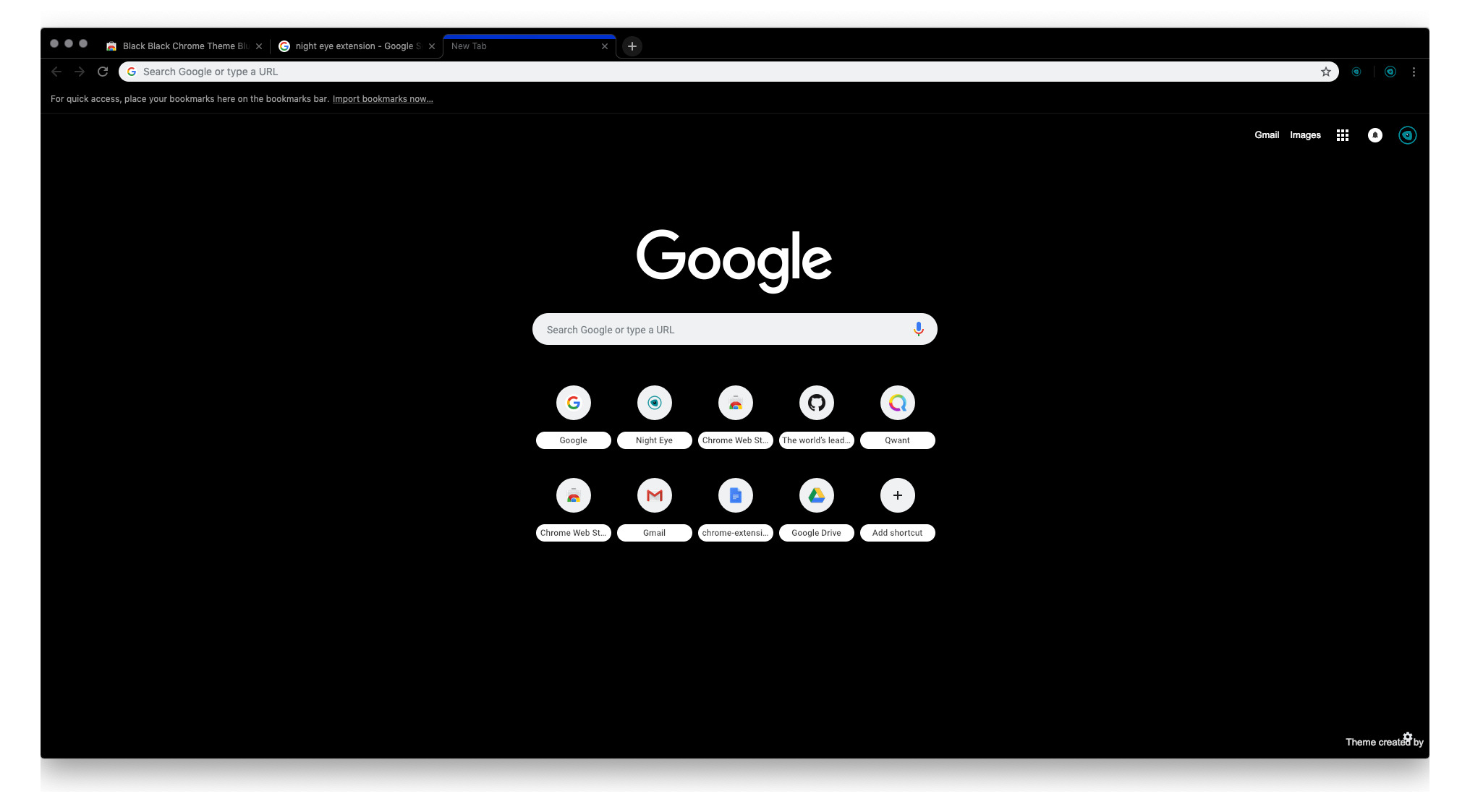Introduction
Google Chrome is undeniably one of the most popular web browsers, known for its speed, versatility, and extensive range of extensions. However, its high resource consumption, particularly in terms of battery usage, has been a longstanding concern for many users. The good news is that there are several strategies you can employ to mitigate Chrome's battery drain without sacrificing your browsing experience.
In this article, we will explore various methods to optimize Chrome's battery usage, allowing you to enjoy longer browsing sessions on your laptop or mobile device. From checking for Chrome updates to utilizing built-in features and extensions, we will delve into practical steps that can significantly reduce Chrome's impact on your device's battery life.
By implementing the techniques outlined in this guide, you can strike a balance between maximizing Chrome's functionality and minimizing its power consumption. Whether you're a student working on assignments, a professional managing multiple tabs for work, or simply an avid internet user, these tips will empower you to make the most of Chrome while preserving your device's battery life.
Let's dive into the strategies that will enable you to harness the full potential of Chrome while ensuring that it operates more efficiently, thereby extending the battery life of your device.
Check for Chrome Updates
Regularly updating your Chrome browser is a fundamental step in optimizing its performance and minimizing battery consumption. Chrome updates often include bug fixes, security enhancements, and optimizations that can directly impact the browser's resource utilization. Here's how you can ensure that your Chrome browser is up to date:
-
Accessing Chrome Settings: To check for updates, open Chrome and click on the three-dot menu icon located in the top-right corner of the browser window. From the dropdown menu, select "Settings" to access the browser's configuration options.
-
Navigating to the About Chrome Section: Within the Settings menu, scroll down and click on "About Chrome" in the left-hand sidebar. This will prompt Chrome to automatically check for updates and initiate the download process if a new version is available.
-
Updating Chrome: If an update is available, Chrome will begin downloading and installing the latest version in the background. Once the update is complete, you will be prompted to relaunch the browser to apply the changes.
-
Enabling Automatic Updates: To streamline the update process and ensure that you always have the latest version of Chrome, consider enabling automatic updates. This can be done by navigating to the "About Chrome" section and clicking on "Chrome OS settings" or "Update settings" to configure automatic update preferences.
By regularly checking for and installing Chrome updates, you can take advantage of performance improvements and optimizations that contribute to reduced battery consumption. Additionally, staying up to date with the latest security patches and bug fixes enhances the overall stability and reliability of the browser, further enhancing your browsing experience.
Ensuring that your Chrome browser is running the latest version is a simple yet effective strategy for minimizing battery drain and maximizing the efficiency of the browser. By incorporating this proactive approach into your browsing routine, you can harness the benefits of Chrome's continuous improvements while mitigating its impact on your device's battery life.
Use Chrome's Task Manager to Identify Battery-Draining Tabs
When it comes to optimizing Chrome's battery usage, leveraging the built-in Task Manager can provide valuable insights into the resource consumption of individual tabs and extensions. By identifying and managing battery-draining elements within the browser, you can effectively mitigate excessive power consumption and prolong your device's battery life.
To access Chrome's Task Manager, follow these simple steps:
-
Opening Chrome's Task Manager: While in the Chrome browser, click on the three-dot menu icon in the top-right corner of the window. From the dropdown menu, select "More tools" and then click on "Task Manager." Alternatively, you can use the keyboard shortcut Shift + Esc to directly open the Task Manager.
-
Analyzing Resource Usage: Upon opening the Task Manager, you will be presented with a comprehensive overview of all active tabs, extensions, and processes within Chrome, along with their respective CPU, memory, and network usage. This detailed breakdown allows you to pinpoint specific tabs or extensions that may be consuming an excessive amount of resources, thereby impacting battery life.
-
Identifying Battery-Draining Tabs and Extensions: Sort the processes in the Task Manager based on their resource usage to identify any tabs or extensions that are disproportionately consuming CPU or memory. Tabs with high CPU usage or memory footprint are likely candidates for causing increased battery drain. By identifying these culprits, you can take targeted actions to address their impact on battery life.
-
Managing Resource-Intensive Elements: Once you have identified battery-draining tabs or extensions, you can take proactive measures to address their impact. This may involve closing unnecessary tabs, disabling or removing resource-intensive extensions, or utilizing Chrome's built-in tools to optimize the performance of specific tabs.
By utilizing Chrome's Task Manager to identify and manage battery-draining tabs and extensions, you can gain a deeper understanding of the browser's resource utilization and take targeted actions to optimize battery usage. This proactive approach empowers you to make informed decisions regarding tab and extension management, ultimately leading to more efficient battery utilization during your browsing sessions.
Incorporating the insights gained from Chrome's Task Manager into your browsing habits allows you to strike a balance between maximizing productivity and minimizing battery drain. By leveraging this powerful tool, you can take control of Chrome's resource consumption and ensure that your browsing experience is both efficient and battery-friendly.
Disable Unnecessary Chrome Extensions
Chrome extensions are powerful tools that enhance the functionality and versatility of the browser, allowing users to customize their browsing experience with a wide range of features. However, the accumulation of numerous extensions can significantly impact Chrome's performance and, consequently, its battery consumption. Disabling unnecessary Chrome extensions is a crucial step in optimizing the browser's resource utilization and mitigating battery drain.
To identify and disable unnecessary Chrome extensions, follow these steps:
-
Accessing Chrome's Extension Menu: Click on the three-dot menu icon in the top-right corner of the Chrome window and select "More tools" followed by "Extensions." Alternatively, you can enter "chrome://extensions/" in the address bar to directly access the Extensions menu.
-
Reviewing Installed Extensions: Upon accessing the Extensions menu, you will be presented with a list of all installed extensions, along with their respective icons and options. Take the time to review each extension and assess its relevance to your browsing needs. Consider whether the extension provides essential functionality or if its features overlap with other tools you use.
-
Disabling Unnecessary Extensions: For extensions that are deemed unnecessary or redundant, you can disable them by toggling off the switch next to each extension. This action temporarily deactivates the extension, preventing it from consuming resources and contributing to battery drain while still retaining its settings and data.
-
Removing Unwanted Extensions: In cases where an extension is no longer needed or has become obsolete, you have the option to remove it entirely by clicking on the "Remove" button associated with the respective extension. This permanently uninstalls the extension from Chrome, freeing up resources and decluttering the browser interface.
By disabling or removing unnecessary Chrome extensions, you can streamline the browser's functionality and reduce its resource overhead, leading to improved battery efficiency. Additionally, this proactive approach minimizes the likelihood of extension conflicts and performance bottlenecks, contributing to a smoother and more energy-conscious browsing experience.
It's important to periodically review and manage your Chrome extensions, ensuring that only essential and genuinely beneficial tools remain active. By curating a lean selection of extensions that align with your specific needs, you can optimize Chrome's performance and alleviate unnecessary strain on your device's battery, ultimately enhancing your overall browsing satisfaction.
Enable Chrome's Built-in Ad Blocker
Chrome's built-in ad blocker serves as a powerful tool for enhancing both the browsing experience and the efficiency of the browser. By enabling this feature, users can effectively reduce the presence of intrusive and resource-intensive advertisements, thereby contributing to a smoother, less cluttered browsing environment and a more energy-conscious usage of the device's battery.
To enable Chrome's built-in ad blocker, follow these straightforward steps:
-
Accessing Chrome's Settings: Begin by opening the Chrome browser and clicking on the three-dot menu icon located in the top-right corner of the window. From the dropdown menu, select "Settings" to access the browser's configuration options.
-
Navigating to the Site Settings: Within the Settings menu, scroll down and click on "Privacy and security" in the left-hand sidebar. This will reveal additional options, including "Site settings." Click on "Site settings" to access a range of site-specific controls and permissions.
-
Enabling the Ad Blocker: Within the Site settings menu, locate and click on "Ads" to access the ad-related settings. Here, you will find the option to enable the built-in ad blocker. Toggle the switch to activate the ad blocker, empowering Chrome to automatically block intrusive ads and reduce the overall clutter and resource consumption associated with ad-heavy web pages.
By enabling Chrome's built-in ad blocker, users can experience several notable benefits:
-
Improved Browsing Performance: The ad blocker effectively reduces the presence of resource-intensive ads, leading to faster page loading times and smoother navigation across websites. This optimization directly contributes to a more efficient utilization of the device's battery, as the browser expends fewer resources on rendering and processing intrusive advertisements.
-
Enhanced Privacy and Security: In addition to improving browsing performance, the ad blocker helps mitigate the potential risks associated with malicious or deceptive ads. By reducing exposure to such content, users can enhance their online privacy and security, creating a safer and more trustworthy browsing environment.
-
Streamlined User Experience: With intrusive ads being automatically blocked, users can enjoy a cleaner and less cluttered browsing experience. This not only contributes to a more visually appealing interface but also minimizes distractions and enhances the overall satisfaction of browsing sessions.
Enabling Chrome's built-in ad blocker is a proactive step towards optimizing the browser's performance and reducing its impact on the device's battery life. By leveraging this feature, users can enjoy a more streamlined and energy-efficient browsing experience, free from the disruptions and resource overhead often associated with intrusive advertisements.
Use Chrome's Battery Saver Mode
Chrome's Battery Saver Mode is a valuable feature designed to optimize the browser's performance and minimize its impact on the device's battery life. By activating this mode, users can proactively reduce resource consumption and extend the duration of their browsing sessions, particularly when operating on battery power. Here's how you can leverage Chrome's Battery Saver Mode to enhance your browsing experience:
Activating Battery Saver Mode
To enable Chrome's Battery Saver Mode, follow these simple steps:
- Click on the three-dot menu icon in the top-right corner of the Chrome window to access the browser's menu.
- Navigate to "Settings" and click on "Advanced" to reveal additional configuration options.
- Within the "System" section, locate and toggle on the "Battery Saver" option to activate this energy-conscious mode.
Benefits of Battery Saver Mode
Upon activating Battery Saver Mode, Chrome implements several optimizations to reduce resource consumption and enhance battery efficiency:
- Automatic Performance Adjustments: Chrome dynamically adjusts various internal processes and features to minimize CPU and network usage, leading to reduced power consumption without compromising essential browsing functionality.
- Throttled Background Processes: Non-essential background processes and tasks are throttled to prioritize energy efficiency, ensuring that the browser operates in a more resource-conscious manner, especially when running in the background.
- Diminished Visual Effects: Chrome's Battery Saver Mode may reduce certain visual effects and animations to conserve power, resulting in a more streamlined and energy-efficient browsing interface.
Impact on Browsing Experience
While in Battery Saver Mode, users may notice subtle adjustments to the browser's behavior, such as:
- Extended Battery Life: The primary benefit of Battery Saver Mode is the extension of the device's battery life during browsing sessions, allowing users to engage in web activities for longer durations without experiencing rapid battery depletion.
- Balanced Performance: Chrome's optimizations aim to strike a balance between energy efficiency and essential browsing functionality, ensuring that users can continue to browse with minimal disruptions while benefiting from prolonged battery longevity.
Customization and Flexibility
Chrome's Battery Saver Mode offers users the flexibility to customize its activation criteria and behavior:
- Automatic Activation: Users can choose to enable Chrome's Battery Saver Mode automatically when the device's battery reaches a certain threshold, ensuring proactive power management without manual intervention.
- Manual Activation: Alternatively, users can manually activate Battery Saver Mode at any time, providing on-demand control over power optimization based on their specific browsing needs.
By leveraging Chrome's Battery Saver Mode, users can actively manage and optimize the browser's resource utilization, leading to prolonged battery life and a more sustainable browsing experience. This feature empowers users to strike a harmonious balance between efficient browsing and energy-conscious usage, ultimately enhancing the overall satisfaction and productivity of their web activities.
Conclusion
In conclusion, optimizing Chrome's battery usage is a multifaceted endeavor that involves leveraging a combination of built-in features, proactive management strategies, and conscious browsing habits. By implementing the techniques outlined in this guide, users can effectively mitigate Chrome's impact on their device's battery life while preserving the browser's functionality and versatility.
Regularly checking for Chrome updates is a foundational step in ensuring that the browser benefits from performance enhancements and optimizations that directly contribute to reduced battery consumption. By staying abreast of the latest updates, users can harness the continuous improvements introduced by Google, leading to a more efficient and sustainable browsing experience.
Furthermore, utilizing Chrome's Task Manager to identify and manage battery-draining tabs and extensions empowers users to gain insights into the browser's resource utilization and take targeted actions to optimize battery usage. This proactive approach enables users to make informed decisions regarding tab and extension management, ultimately leading to more efficient battery utilization during browsing sessions.
Disabling unnecessary Chrome extensions is another pivotal strategy for streamlining the browser's functionality and reducing its resource overhead. By curating a lean selection of extensions that align with specific browsing needs, users can optimize Chrome's performance and alleviate unnecessary strain on their device's battery, contributing to a more sustainable and energy-conscious browsing experience.
Enabling Chrome's built-in ad blocker serves as a powerful tool for reducing the presence of intrusive and resource-intensive advertisements, leading to a more streamlined and energy-efficient browsing experience. By leveraging this feature, users can enjoy a cleaner and less cluttered browsing environment, ultimately contributing to improved battery efficiency.
Finally, Chrome's Battery Saver Mode offers users the flexibility to optimize the browser's resource utilization and extend the duration of their browsing sessions, particularly when operating on battery power. By activating this mode, users can proactively reduce resource consumption and enhance battery efficiency, ultimately leading to a more sustainable and energy-conscious browsing experience.
In essence, by incorporating these strategies into their browsing habits, users can strike a harmonious balance between maximizing productivity and minimizing battery drain. This proactive approach empowers individuals to optimize Chrome's performance while preserving their device's battery life, ultimately enhancing their overall browsing satisfaction and productivity.

























